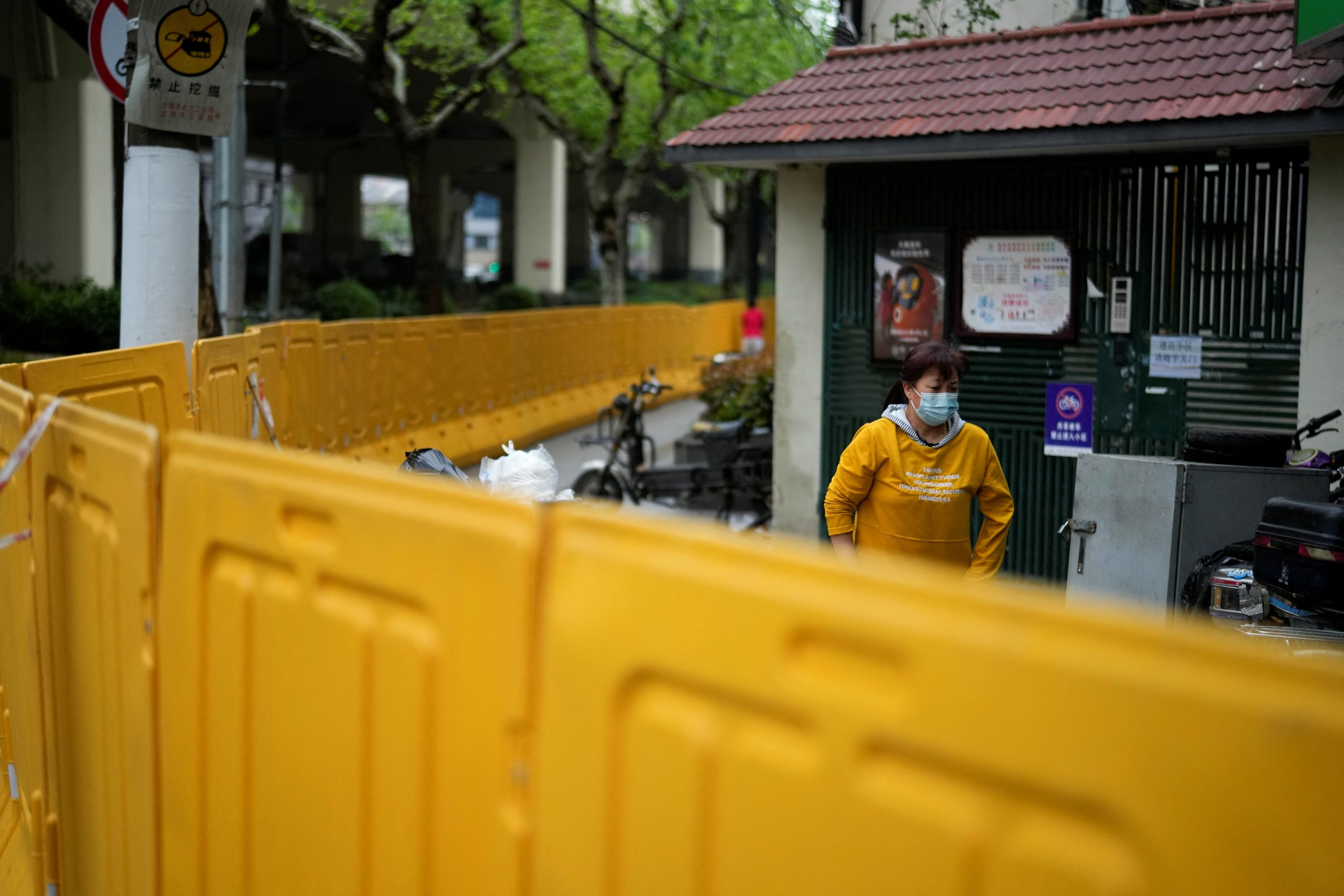
[elfsight_social_share_buttons id=”1″]
Sun Jian, a 37-year-old master’s degree student in the Chinese city of Yantai, for months staged a solo campaign against his university’s COVID-19 prevention measures, including blistering criticism on social media.
The last straw for authorities came on March 27, when Sun walked around his campus carrying a placard that read “lift the lockdown on Ludong.”
Police detained him and Ludong University expelled him on April 1, according to a letter from the university seen by Reuters.
University officials did not respond to a request for comment.
The Chinese public have been largely supportive of the zero-COVID policy that kept the coronavirus at bay for the two years after it emerged in the central city of Wuhan in late 2019 and spread rapidly around the world.
But the support seems to be wearing thin as the highly contagious Omicron variant emerges in China, triggering curbs that have brought food shortages, family separations, lost wages, and economic pain.
Sun’s protest reflects growing frustration and resentment, in a society that generally respects authority, with a COVID strategy that is increasingly challenged by the Omicron variant.
In some cases, the push-back has gone viral on social media, with video clips of citizens scuffling with health workers and screaming anger over lockdowns from the windows of their apartments.
Space for dissent has narrowed as China has grown more authoritarian under President Xi Jinping, and the anger over COVID restrictions has created headaches for authorities who have urged the public to make sacrifices for the greater good.
Sun said his university had moved classes online and banned students from leaving campus, receiving packages, or getting outside food deliveries.
He dismissed the curbs as unnecessary given what he said was the low death rates associated with the Omicron variant.
“The trouble brought by the virus can’t be compared with the disruption from some of the anti-COVID measures taken by our school,” Sun told Reuters by telephone.
He said his social media accounts had been blocked.
‘Venting off’
Arrests and detentions for COVID-related rule-breaking surged in March, according to the results of a search on the Weibo social media platform for police statements, posts by state agencies, and state media reports from around China.
The search found 59 confirmed police cases and 26 arrests for COVID rule-breaking in January, and fewer in February. But in March, more than 600 police cases and 150 confirmed arrests were reported on Weibo, the review by Reuters found.
It is likely that the figures represent only a fraction of actual cases as not every incident makes it to social media or is reported by the authorities.
Public security departments also announced a surge in crackdowns on COVID rule violations in March, with cities and counties publishing 80 notices on their Weibo accounts, compared with seven in January and 10 in February.
Most infractions involve citizens trying to skirt rules such as reporting travels on a health app, falsifying COVID test results, and sneaking out of locked-down neighborhoods.
Assaults on health workers also surged.
Police also reported arrests of citizens who were “venting off dissatisfaction” and using “inappropriate language” related to the pandemic.
As the resentment simmers, authorities are trying to control the public message, often with censorship of online complaints.
On April 5, videos of a protest against lockdowns in Langfang, a city near Beijing, were quickly removed from Weibo.
Last week, Shanghai announced a crackdown on “rumors”, threatening to shut down offending social media chat groups.
But pushback from the public can yield results.
Last month, students at Sichuan University in the city of Chengdu forced university authorities to lift a campus lockdown after protesting, the South China Morning Post reported.
State media warnings have at times added fuel to the fire.
Thousands of social media posts used a Weibo hashtag for a report by the official Xinhua news agency about police cracking down on COVID-related misinformation to post criticism of the government’s coronavirus response.
By Friday, it had racked up over half a billion views.
Copyright 2022 Thomson/Reuters
